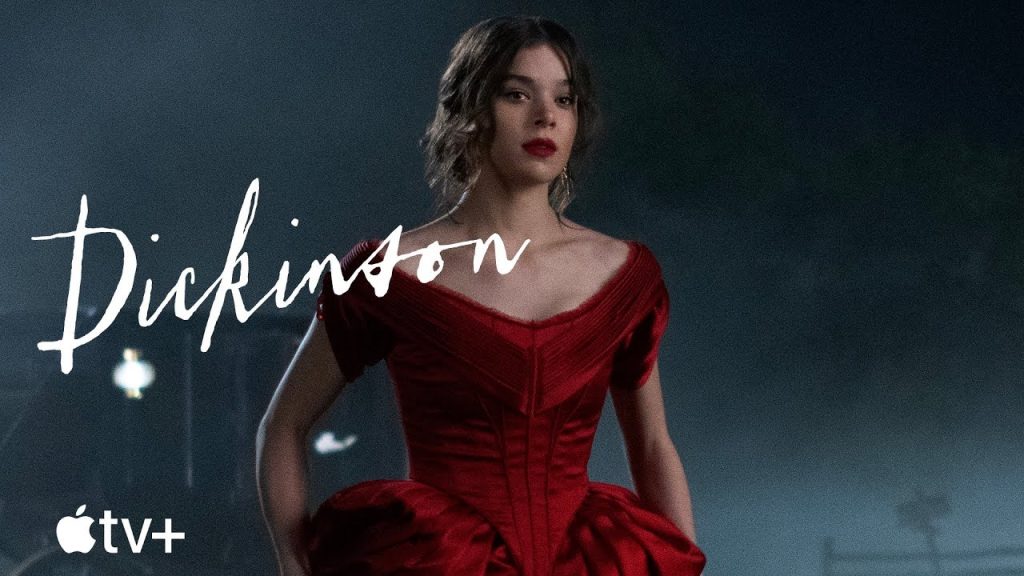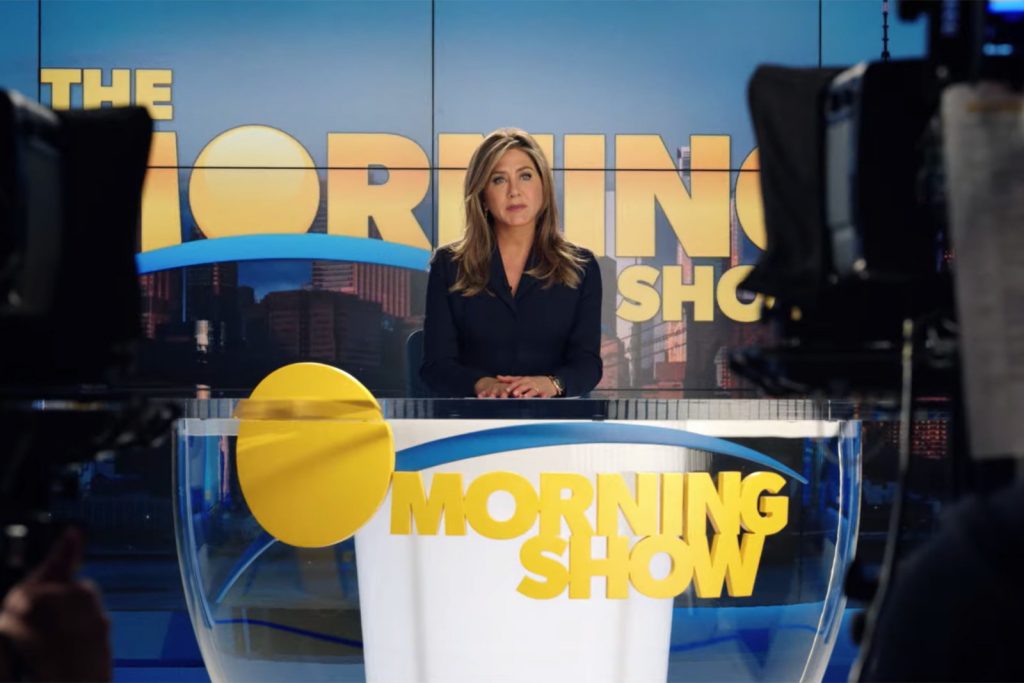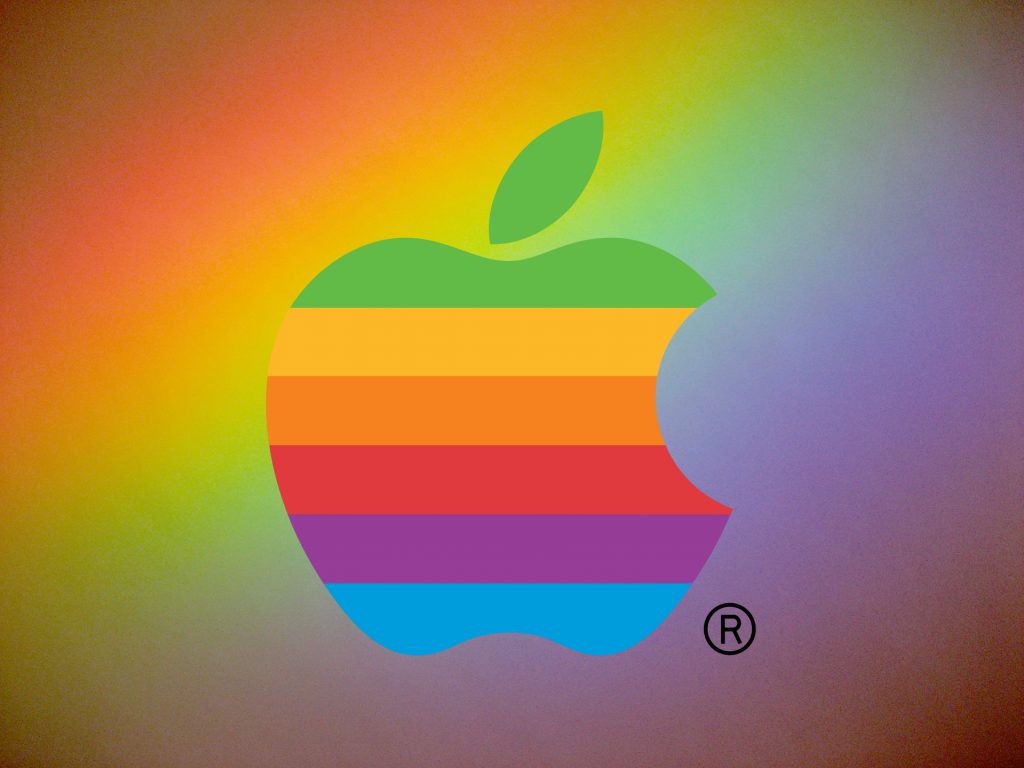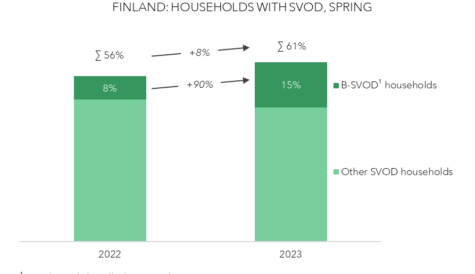
After more than 40 years of operation, DTVE is closing its doors and our website will no longer be updated daily. Thank you for all of your support.
Apple’s big strategy for Apple TV+
The long-awaited Apple TV+ has launched, ushering in the next generation of big budget streamers that will, over the next nine months, see the like of AT&T, Comcast and Disney join the increasingly crowded party.
For all the positive talk of the service’s aggressive US$4.99 price point and multiplatform app rollout, initial coverage of the actual content on offer has been, to put it politely, mixed.
While the US$15 million-per-episode The Morning Show received a glowing review from The Guardian, it was simultaneously called “brutally dull” by The Hollywood Reporter. The latter outlet also said that Dickinson, the modernised take on the life of Emily Dickinson, was “bloated and tonally incongruous,” while action drama See, was called “at best a fairly lazy copy of more effective genre entertainments’ tone,” by Variety.
Ultimately, the audience will be the ones who determine whether any particular series is a hit or a flop, but for Apple at this point it is arguably a matter of quantity over quality.
 Had the service launched with only a handful of shows, churn in the coming months would likely be very high.
Had the service launched with only a handful of shows, churn in the coming months would likely be very high.
Without a library bolstered by licensed content, Apple has spent the past couple of years putting together nine series for launch day with a decent pipeline of premium content going forward. For the sake of perspective, Netflix produced four originals in the first year of making its own content, while Amazon only managed four originals in two years. And it is fair to say that none of those shows had the budget or scale of Apple’s content. It took four seasons of House Of Cards for the political drama to reach even a third of what Apple has spent on See and The Morning Show per episode.
But while those early originals – particularly House Of Cards which captured mainstream attention by casting its now infamous two-time Academy Award winning lead – set out the stall for the potential of content on streaming platforms, Apple is coming into a market that is at best content rich and at worst oversaturated.
Much of Apple’s strategy seems to reflect and is conscious of this. It will be some time before we have an idea of how many subscribers the limited amount of content on offer attracts, but the company will bank on amassing viewers through osmosis.
Bundling in
With Apple enhancing its current US$4.99 Apple Music student offering to include Apple TV+ at no additional cost and giving one year of the streamer for free to new device buyers, the fledgling service will likely surpass HBO Max’s five year 80 million target within 12 months – a target for AT&T that includes 10 million HBO-subscribing AT&T customers in the US.
Apple no longer reports how many of each device category it sells, but during Q3 2018, Apple sold 41.3 million iPhones, 11.6 million iPads, and 3.7 million Macs. Assuming sales exceed this going forward, that is potentially over 60 million users who have the ability to view Apple TV+ and that doesn’t factor in sales of iPod Touches or the Apple TV set top box itself – though of course many households will have multiple Apple devices, potentially multiple Apple devices per person.
While Apple’s bundling opportunities will give the company a significant head start, during the company’s Q3 earnings call CEO Steve Cook said that it does not represent a wider strategic move to bundle services with hardware.
He said: “we look at each service, and decide what’s best to do, and with Apple TV+ we concluded that a great way to get more people to see the content would be to [bundle it] – it would be a good gift to our users, and so that’s what we are doing”.
It seems almost surreal to see a CEO candidly talking about “gifting” a service that has cost hundreds of millions of dollars to build, but that is a drop in the ocean for a company worth over US$1 trillion.
Sarah Henschel, senior research analyst, media at IHS Markit, believes that profitability is not the primary aim for Apple with the service: “Apple TV+’s competitive $4.99 pricing, bundled device offer, and Apple Music’s student streaming bundled offer all point to Apple’s high volume subscriber acquisition strategy. These offers are a means of getting customers into their ecosystem rather than working to break even over the next five years.”
She continues: “Because Apple has successful device revenue streams outside of the media space, they have more flexibility to take on high growth strategies like these than more traditional media companies do. Time will tell if Apple is able to keep consumers engaged in their content with very limited titles launching in November.”
In the event that Apple TV+ ends up next to Ping and the iPod Hi-Fi in the company’s pile of flops, it will be embarrassing but unlikely to cause much long-term distress to the company.
Should those ‘passive’ subscribers (as opposed to those who purposefully go out of their way to sign up to Apple TV+) become actively engaged with the service, the service could become a genuine force and meet the estimations of Morgan Stanley analyst Katy Huberty who recently predicted that Apple TV+ could draw 136 million subscribers by 2025.
While the service has somewhat stumbled out of the gate from a critical perspective, Apple has the tools at its disposal to give it the best chance possible for success.



